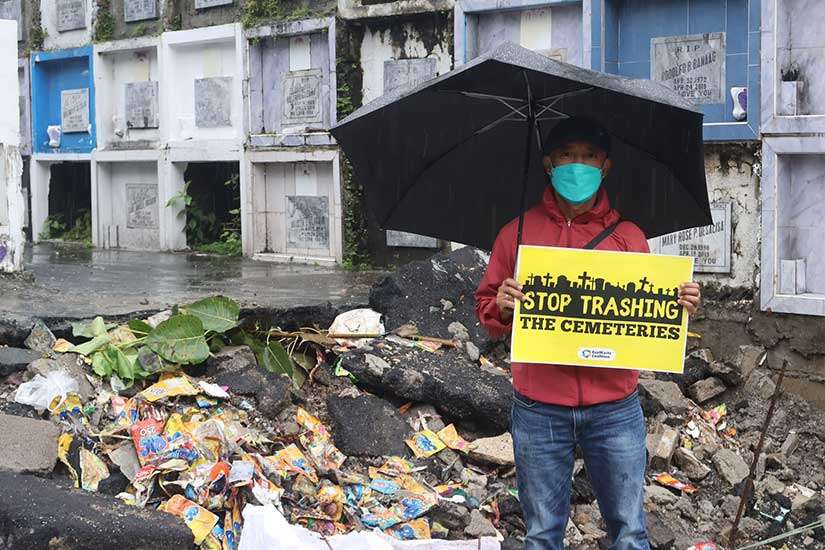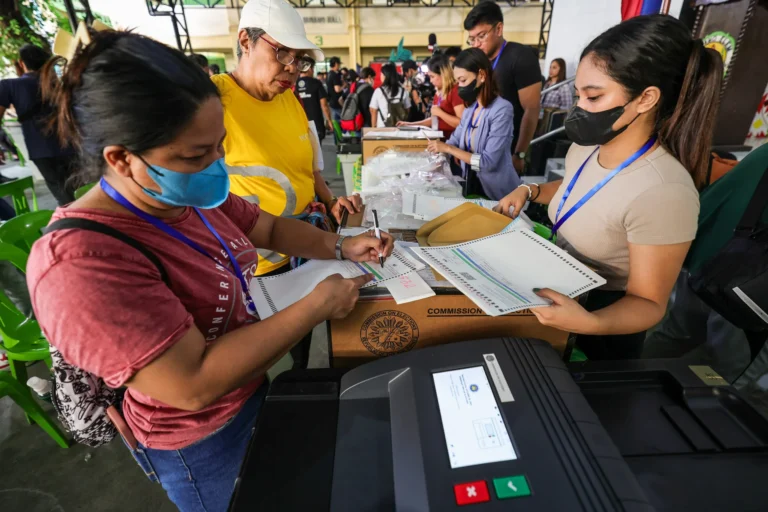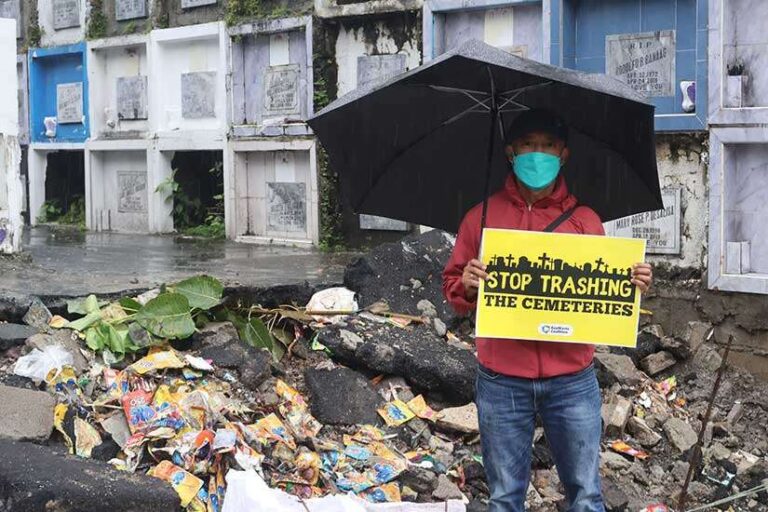
Every year, after the celebration of Undas (All Saints’ Day), cemeteries across the Philippines face a massive cleanup effort as millions of Filipinos pay respects to their deceased loved ones. The tradition, while deeply meaningful, generates an enormous amount of waste. Plastic wrappers from food, candle remnants, flower arrangements, and even single-use decorations are often left scattered, turning cemeteries into temporary landfills and putting significant strain on local waste management systems.
Local governments and environmental groups are increasingly urging visitors to practice sustainable habits during Undas. In cities like Manila, Quezon City, and Davao, officials have set up segregation bins and implemented “no plastic” policies to mitigate waste. However, many Filipinos still rely on disposable items out of convenience, and cemeteries are often left with large amounts of non-biodegradable materials that can take hundreds of years to decompose.
Environmental advocates argue that more needs to be done to change public habits and raise awareness. Reusable decorations, such as fabric flowers and biodegradable candles, offer more sustainable alternatives. Additionally, families could consider digital offerings or virtual commemorations, which have gained traction in recent years. Despite these suggestions, adopting eco-friendly practices remains a challenge, as many traditions are deeply rooted in Filipino culture.
For a greener Undas, the government could consider implementing stricter waste disposal policies and encouraging citizens to adopt sustainable options. Even small changes, like opting for natural flowers and properly disposing of trash, can make a significant difference. As climate concerns grow, transforming traditional practices to reduce environmental impact is not only possible but essential for preserving the environment for future generations.


